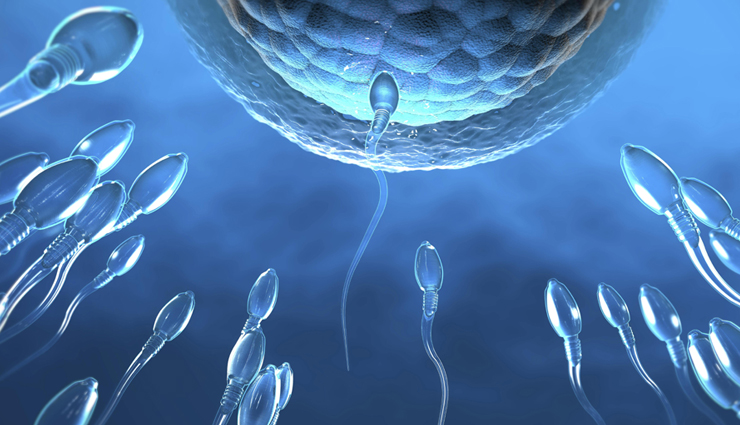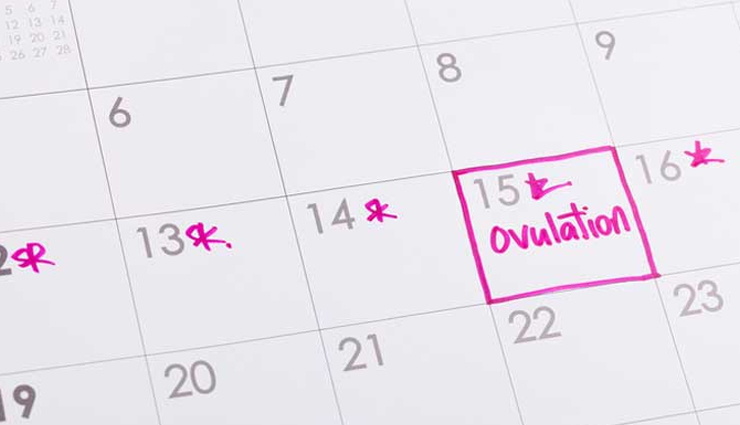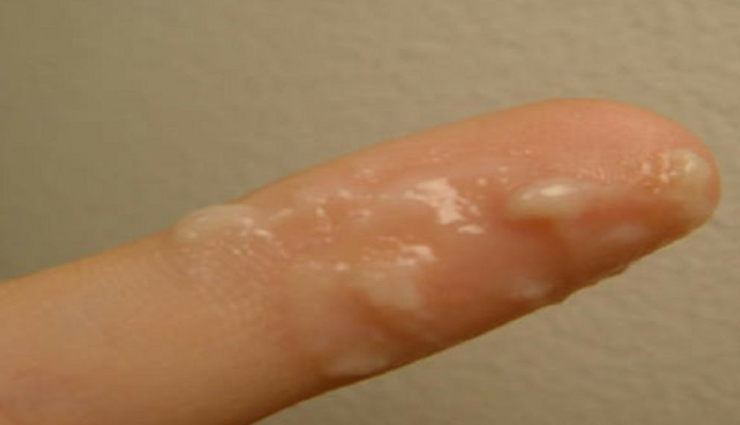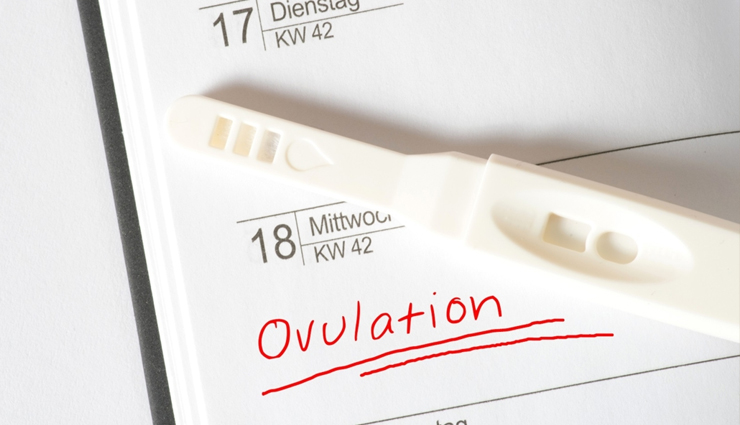- Home›
- Healthy Living›
- 8 Major Pros And Cons Of Natural Birth Control
8 Major Pros And Cons Of Natural Birth Control
By: Priyanka Maheshwari Sat, 26 Aug 2023 3:32:28

Natural contraceptive techniques are approaches employed to prevent pregnancy without resorting to medications or contraceptive devices. The World Health Organization (WHO) characterizes these methods as part of family planning, aiding in the prevention of undesired pregnancies or the deliberate timing of pregnancies through the identification of indications and symptoms denoting fertile and infertile phases within the menstrual cycle. The effectiveness of natural methods versus chemical methods often raises queries. To gain a deeper understanding of the efficacy, advantages, drawbacks, and potential side effects of natural contraception compared to chemical alternatives, peruse the following article.
Natural birth control strategies generally captivate couples who opt against using artificial contraceptives. The US Department of Health & Human Services (HHS) also designates these approaches as fertility awareness-based methods. In these methods, women or couples become well-acquainted with the signs and patterns of ovulation to evade pregnancy.

Advantages
* These techniques can serve the dual purposes of pregnancy planning or prevention. As per the WHO, adhering to these methods does not yield any adverse physical effects.
* The HHS affirms that natural birth control methods have the potential to deepen one's comprehension of their body and its reproductive rhythm.
* These approaches are notably cost-effective and generally obviate the need for medical interference. Nevertheless, for optimal results, it is advisable to consult your healthcare provider.
* Furthermore, both the HHS and the WHO assert that utilizing these methods might foster improved communication, collaboration, and mutual engagement between partners.

Disadvantages
* As these techniques predominantly rely on fertility awareness, dedicating time and effort to daily documentation of signs and symptoms is necessary. Additionally, predicting outcomes can pose challenges for women with irregular menstrual cycles.
* These methods do not confer any safeguard against sexually transmitted diseases (STDs).
* Becoming well-versed in these methods might entail a substantial duration. The WHO indicates that the learning curve for NFP techniques can extend up to three months.
* Furthermore, a number of these approaches involve monitoring cervical mucus discharge and basal temperature. However, according to the HHS, factors such as vaginal infections, the use of antibiotics or antihistamines, and other viral infections can impact these indicators.
Common Natural Contraceptive Methods

# Calendar rhythm method
This technique relies on approximating the most fertile window based on the historical menstrual cycle data spanning the past six to twelve months.
According to the World Health Organization (WHO), by subtracting 18 days from the duration of your shortest cycle and 11 days from the duration of your longest cycle, you can determine the earliest and latest days of your fertile period, respectively.
For example, if your shortest cycle lasts 26 days and the longest is 32 days, your fertile phase would span from day 8 to day 21. Thus, it's advisable to abstain from unprotected intercourse during this timeframe. However, it's important to note that this method offers only a general estimation.

# Basal body temperature method
This approach relies on detecting the temperature shift caused by an elevation in progesterone levels following ovulation. Typically, the phase of infertility commences three days subsequent to detecting this temperature rise.
When conducting temperature measurements, ensure consistency by recording them at the same time daily. The World Health Organization (WHO) suggests that couples practicing this method should refrain from intercourse until three days have passed since noting the elevation in body temperature.

# Mucus inspection method
This technique relies on monitoring alterations in the texture of cervical mucus fluid. Typically, women encounter a dry phase immediately following their menstrual cycle (early infertile phase). Subsequently, there's a period characterized by the presence of sticky mucus, succeeded by a phase during which the vaginal sensation becomes wet. The day of maximum wetness is identified as the peak day.
As progesterone levels surge post the peak day, the mucus tends to thicken or diminish, marking the onset of a dry phase (late infertile phase).
According to the World Health Organization (WHO), the fertile phase initiates with the appearance of wet mucus and concludes on the third day following the peak day. Hence, the WHO advises couples aiming to avoid pregnancy to abstain from intercourse during this window as well as on successive days during the early infertile phase. It usually takes about three to six months of observation to become proficient with this method.
# Symptothermal method
This technique amalgamates the basal body temperature approach with the mucus inspection method. Women not only document shifts in cervical fluid texture and basal body temperature but also monitor additional physiological alterations like breast tenderness, ovulation-related discomfort, or spotting.
Couples adhering to this method should abstain from sexual activity starting from the day women notice the presence of wet mucus until the third day of elevated temperature, or the fourth day following the peak day of mucus detection, whichever of the two occurs later.

# Ovulation indicator testing kits
Ovulation kits function by detecting the surge in luteinizing hormone (LH), which tends to occur one or two days prior to ovulation. This information can aid couples in making informed decisions about timing intercourse.
Many of these kits provide a limited number of tests, which might prove less advantageous if uncertainty exists regarding the appropriate testing period, especially for individuals with irregular menstrual cycles. Furthermore, some women experience an LH increase even before the release of an egg.
Hence, the American Pregnancy Association (APA) recommends that women initiate the use of ovulation kits once they observe alterations in cervical mucus (as outlined in the mucus inspection method). According to the APA, these kits can be effectively employed in conjunction with the basal body temperature and mucus inspection method.
# Withdrawal method
Within this approach, the partner withdraws before ejaculation during intercourse. This action prevents semen from entering the vagina, thus thwarting fertilization by ensuring that sperm doesn't reach the egg.
Nevertheless, as per the Department of Health and Human Services (HHS), this method may not yield consistent results if the partner lacks experience with it or faces challenges in accurately determining the appropriate moment to withdraw before ejaculation. Planned Parenthood proposes that the effectiveness of this method is enhanced when utilized alongside other forms of contraception such as condoms, pills, and so on.
# Lactational infertility
Referred to as the lactational amenorrhea method (LAM), this technique is designed for recent mothers. According to the Department of Health and Human Services (HHS), LAM could be effective if a mother exclusively feeds her baby breast milk for the initial six months and experiences no instances of spotting or bleeding during this time.
Furthermore, breastfeeding should occur at intervals of no more than four hours during the daytime and every six hours during nighttime. In situations where women are transitioning their babies away from breastfeeding, the World Health Organization (WHO) suggests employing methods like mucus inspection and basal body temperature tracking to identify fertile days during that period.
# Abstinence
Abstinence entails refraining from any form of sexual intercourse. The Department of Health and Human Services (HHS) asserts that abstinence stands as the sole highly effective means of pregnancy avoidance. It's crucial to have open communication with your partner regarding the commitment to abstain from sexual activity during the stipulated periods.
Certain women might contemplate the use of vaginal douching as a contraceptive measure. Vaginal douching involves cleansing the vaginal area with liquid solutions. However, multiple studies discourage douching due to its correlation with conditions like vaginitis, pelvic inflammatory disease, and ectopic pregnancy.





